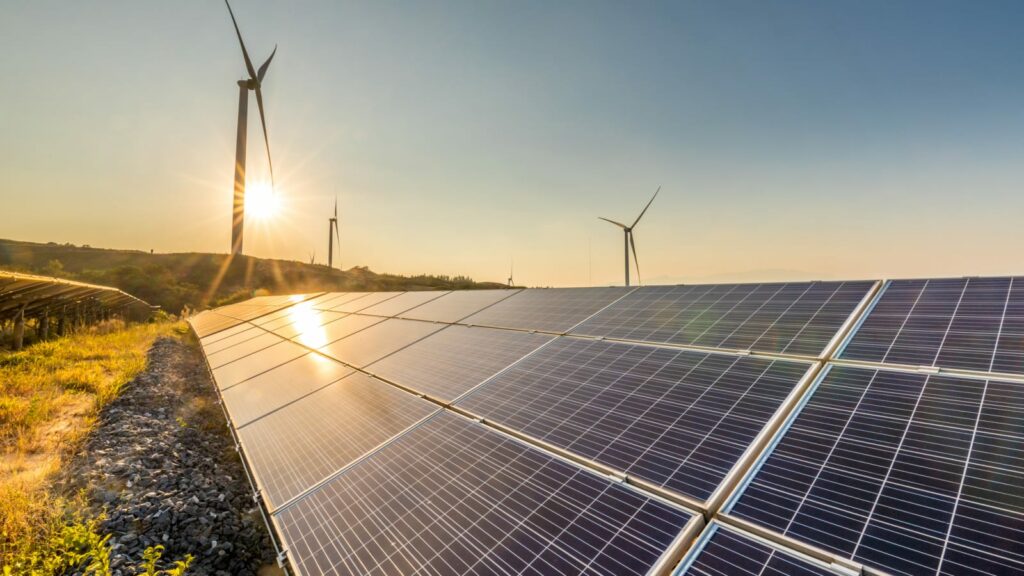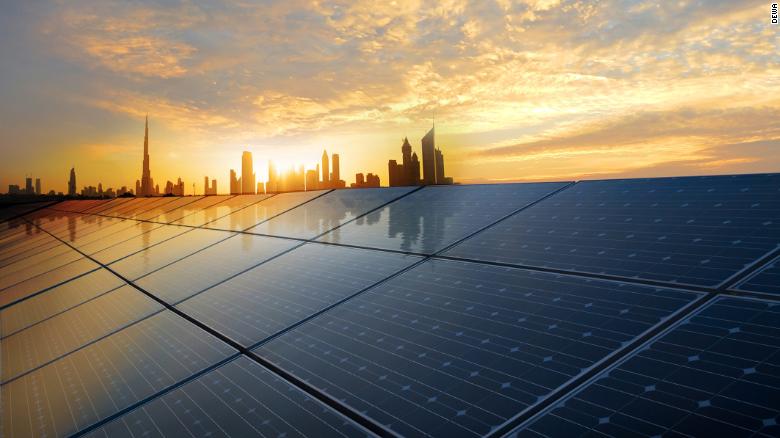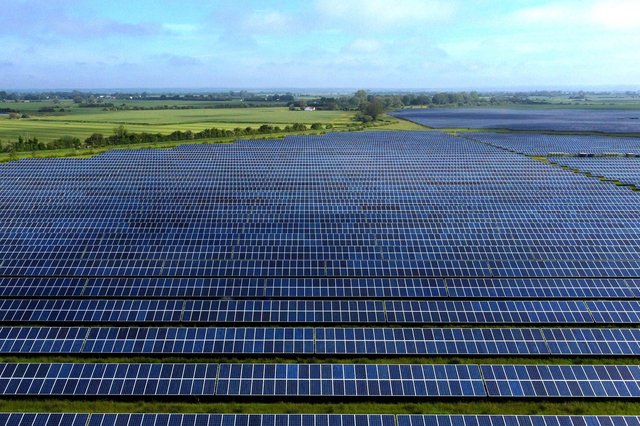Today we are going to talk about the million-dollar question: Can renewable energies solve the grave problem of climate change? This question has been asked many times and Linquip wants to explain a bit better for you to finally find the answer. So, keep on reading…
There are many advantages and disadvantages when it comes to using renewable energies. But those disadvantages don’t stop people from seeing their benefits. We can already see an increase in using solar panels and wind turbines as the means for using renewable energies.
Using renewable energy has a positive effect on our environment, economy, and health! Among the benefits of renewable energy, we can mention their impact on decreasing global warming.
The advancement of technology and industry, although in many cases is considered to be a positive step toward improving the quality of our life, have some down points as well. Carbon dioxide and other elements that are released into the atmosphere because of our activities have caused global warming. Because they trap heat, they cause many disadvantages including an increase in the temperature, rise in the sea level, storms, and extinction.
Greenhouse gases and inexhaustible energy and their effect on climate change
The most common greenhouse gas is Carbon Dioxide (also known as CO2). This greenhouse gas along with other air pollutants, including methane, is among the reasons that cause global warming. Each energy source emits a diverse amount of such pollutants. This is while many renewable energy sources don’t produce any gases causing global warming. Other renewable energy sources produce a very little amount of such pollutants. Even in the life cycle emissions of clean energy, these global warming emissions are minimal.
While burning natural gas to produce electricity emits around 2 pounds of CO2 equivalent per kilowatt-hour, coal releases up to 3.6 pounds of CO2 equivalent per kilowatt-hour. This is while the wind only releases up to 0.04 pounds of CO2 equivalent per kilowatt-hour in each life-cycle. This amount is up to 0.2 for solar energy, 0.5 for hydroelectric, and 0.2 for geothermal.
We can use these renewable energy sources to reduce the use of sources that produce a great amount of carbon dioxide.
Different sources such as sun, wind, heat, etc. can be used as vast and constantly refilled energy sources. But even in the US, they still provide only a small fraction of the electricity. This needs to change because these energy sources are able to provide much more than we expect. A study by NREL shows that by 2050, renewable energy sources will be able to provide up to 80% of the US electricity.
Can renewable energies solve the grave problem of climate change?
Climate changes due to the rising of the temperature and global warming, causes weather events to get more extreme. Plus, climate change, according to the World Health Organization, causes more than 150,000 deaths each year! How? Climate change results in decreasing food production, spreading diseases, and other problems causing people to die each and every year. So, it is vital to stop global warming and avoid vast climate change. Renewable energies can play a major role in this play. When we use renewable energy sources, our reliance on fossil fuels will decrease. This action lowers the effects of climate change on our planet.
In the old days, using renewable energy sources were high in cost. But nowadays, with the advancement of new clean energy technologies, using such sources has become more affordable and even more economical. They are not only great for our environment and the problem of global warming but also enable us to save money in the long run. It’s interesting to know that the prices of solar panels that use the rays of the sun to produce electricity have been lowered up to 80 percent from 2009 to 2015.
To actually fight against climate change by using renewable energy, we should increase the use of such technologies drastically. Because non-renewable sources are still used more frequently since they are very dense in energy.
What is our part in all of this?
Each and every one of us is responsible when it comes to climate change and saving our planet. Whether it be using solar panels to supply our electricity needs, or using turbines to utilize the energy of the wind and turn it into electricity.
There are some suggestions provided by The Information Technology and Innovation Foundation that can help speed up the growth and implementation of biofuels. Below, we have listed some of these recommendations:
- Trying to engage the Department of Agriculture and the Department of Energy to help cooperate in using renewable energy sources and support the development of biofuels for different industries such as shipping, aviation, and many other industries and transportation sectors that use carbon-based fuels.
- Increasing the money invested for researches about bio-manufacturing and bioenergy and their development. The suggested amount is to increase the investment by 150% by the next five years.
- And last but not least, is to expand the research about gene-editing tools. These tools are utilized for improving biomass processing as well as increasing the plant feedstocks diversity which results in having lower-cost biofuel production.
These were only some of the recommendations, but now you have a general idea about where to begin to solve the grave problem of climate change!
In this article from Linquip, we answered “can renewable energies solve the grave problem of climate change?” in detail. What do you think about these renewable energy sources? Do you think they are able to help us fight against climate change and stop global warming? Comment below and let us know your opinion. And if you need help and advice about the industry, you can easily signup on Linquip and our experts will help you find everything you need.
Buy Equipment or Ask for a Service
By using Linquip RFQ Service, you can expect to receive quotations from various suppliers across multiple industries and regions.
Click Here to Request a Quotation From Suppliers and Service Providers
Read More on Linquip
- What are the negative aspects of renewable energy?
- Can Renewable Energy be Stored? A Bright Future Awaits
- Why Renewable Energy is Important: Find a Web of Significant Reasons
- Australia’s Solar Power Generation Outshines Coal in Renewable Energy Harbinger
- Is Renewable Energy the Future: All You Should Know
- Difference Between Renewable Energy and Fossil Fuels
- Renewable Energy vs Fossil Fuels | How do They Compare?
- Is Renewable Energy Cheaper? A Thorough Response
- The Concise Intro to Non-Renewable Energy Sources in 2023
- An Easy Overview of Renewable Energy Sources
- Advantages of Renewable Energy: A Brief on Some of the Most Undeniable Ones
- Different Types of Renewable Energy: An Easy-to-Understand Guide
- Is Wind Energy Renewable or Nonrenewable?
- Is Nuclear Energy Renewable? A Complete Answer
- Is Tidal Energy Renewable? A Complete Answer
- is biomass renewable or nonrenewable: Alarming information on this energy source
- Is Solar Energy Renewable or Nonrenewable: A Clear Answer
- Reasons Why You Should Study Renewable Energies






